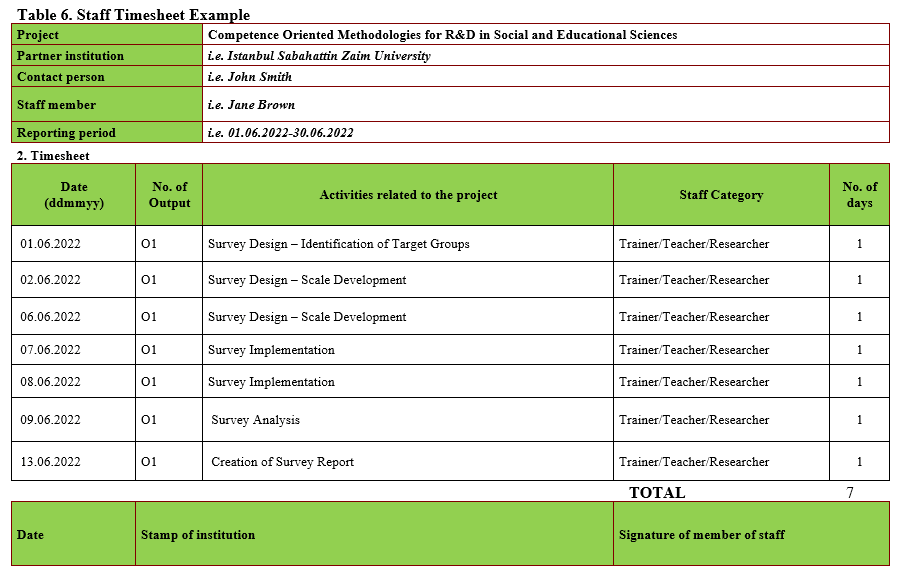Information

Summary: Discusses the efficient allocation and utilization of time and budget resources to ensure project milestones are met within established constraints, emphasizing prioritization and optimization strategies.
Learning Objectives:
Time and budget management is a crucial aspect of Project management (Jaselskis & Ashley, 1991). Rules and regulation regarding this management aspect should be also referred in your proposal. These rules and internal regulation should be decided unanimously among partners. When the Project is granted, these rules and other important topics should be turned into an agreement document and signed by each party.
It is advisible that you include a clause detailing frequency of financial installments. This means that you can make payments to your partners in line with the work completed. You can link your payments to completion of tasks or Workpackages. For example, you can make advance payment as %20 of the total budget allocated to partner at the start of the Project. You can make additional %20 payment (or more/less) when your Workpackage-2 is done, and so on. Grant programmes also don’t pay you all of the budget in one installment. In line with the programme rules, you can adjust your payment distribution. The main aim here is to ensure that the tasks are done in time and correctly, if not you can cut the payments or not to make any. So you can delegate tasks to other partner sor you can find new partners in case of a non-responsive partner by getting into contact and approval of your programme agency.
An important methodology to follow up the human resources in terms of work and budget is utilization of staff timesheet documents. You can track up the work of all staff employed in the Project by each organization. It is advisible that you collect these documents at the end of the each month. By this methodology, you can control and have a proof that the number of workers, days, hours allocated to an activity by your partners employing staff under different categories.
Since you will have meetings with your partners regularly, it is possible for you to justify your time and budget management in the proposal. You will naturally follow-up your activities in the Project via these meetings and correspondances among partners. These communication and collaboration efforts will provide you necessary information about the activities, so you and your consortium can analyze whether there is a deviation from Project time table and/or objectives. If there is a substantive deviation, you can identify the problem and take necessary measures to tackle it. So, you can start risk/issue/change/crisis management process.

Above is an example of a staff timesheet. As can be seen, the table includes the date, output, a brief description of the output-related activities, the category under which the employee works, and the number of days. This staff timesheet example has been prepared specifically for Erasmus+ cooperation partnerships. It is possible to revise the form for different projects. You can add different titles to the Employee category section and write differentiating the wages to be paid on the side. The coordinator/manager can control and manage how the related employee spends his/her time through this table. If there is any deviation from the targets, one of the most efficient ways to find the source is to follow these tables. In this way, it can be determined whether the deviation in the targets is caused by the personnel or for a different reason, and interventions can be made accordingly. At the same time, the stage of outputs and activities and the amount of human resources allocated to them can be followed through these charts. In case of a change in the human resources of the project, staff timesheets can be used to integrate new recruited people into the activity and related stages.
Staff timesheet documents are an important tool in terms of supervising, monitoring and tracking not only the coordinator's own employees, but also the employees and work of the project partners. Through staff timesheet documents, the coordinator can check the stage of the tasks given to other partners and whether the necessary resources have been spent on them, and can make their payments in line with this information (Brown, 2001).